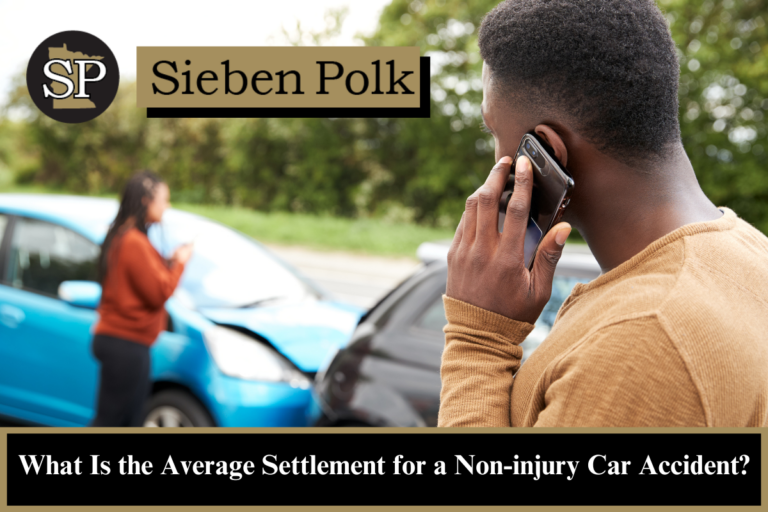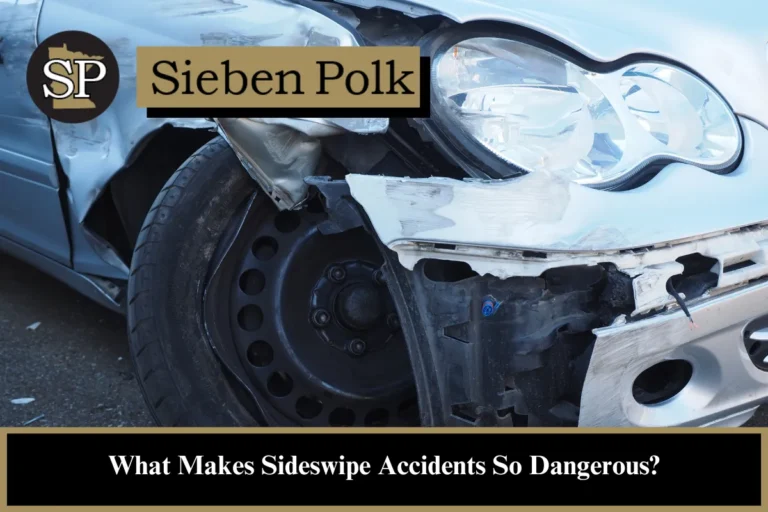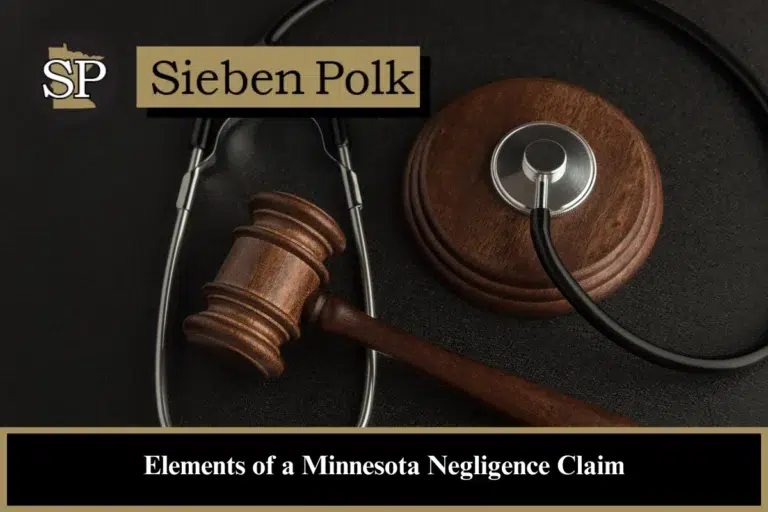The average settlement for a non-injury car accident typically ranges from $1,000 to $20,000, but the actual amount can vary depending on the specifics of the accident.
Factors like property damage, the severity of the accident, and the insurance company involved will all play a role in determining the settlement.
Can You Receive a Settlement for a Non-Injury Car Accident?
Yes, even if you are not injured in a car accident, you can still be entitled to compensation for your losses, including property damage and other accident-related expenses. Non-injury car accident claims are often settled outside of court through lump sum payments offered by the insurance company.
How Is a Non-Injury Car Accident Settlement Calculated?
Calculating a non-injury car accident settlement involves assessing both economic and non-economic damages. An experienced attorney will consider all factors to calculate a fair settlement amount from the insurance company.
Calculating Economic Damages
Economic damages include tangible losses such as:
- Property damage: The average claim for property damage in 2018 was around $3,841 according to the Insurance Information Institute.
- Other direct costs: These might include towing fees, rental car costs, or repairs not covered by the insurance company.
These are generally straightforward to calculate, involving actual costs and expected future costs.
Calculating Non-Economic Damages
Non-economic damages are harder to quantify but can still impact the settlement. Your attorney may use methods like:
- Multiplier Method: This method multiplies the economic damages by a factor between 1.5 and 3 to account for pain, suffering, and emotional distress.
- Per Diem Method: This method calculates a daily rate for the suffering experienced due to the accident and multiplies it by the number of days you will continue to suffer.
These approaches help establish a fair settlement for non-economic damages.
Maximize Your Car Accident Settlement with an Experienced Attorney
While non-injury accident claims are often less complex than those involving personal injury or wrongful death, insurance companies will still attempt to minimize the settlement amount. Having an experienced lawyer on your side can make a significant difference in securing a fair settlement.
How Sieben Polk P.A. Can Help Maximize Your Settlement
The car accident lawyers at Sieben Polk P.A. will help you navigate the settlement process, including:
- Gathering evidence: We’ll collect all the necessary documentation and evidence to support your case.
- Negotiating with insurers: We’ll handle communications with the insurance company and fight for the maximum compensation possible.
- Exploring all compensation sources: We’ll identify other potential sources of compensation, such as multiple liable parties or your own insurance coverage.
Contact Us for a Free Consultation
If you or a loved one have been involved in a non-injury car accident, the experienced Eagan car accident attorneys at Sieben Polk P.A. are here to help. Contact us today for a free consultation to discuss your settlement options.
Call Sieben Polk P.A. Today
Call (651) 437-3148 or fill out our online form to schedule your free consultation. Our lawyers work on a contingency fee basis—there is no fee unless we win your case.




